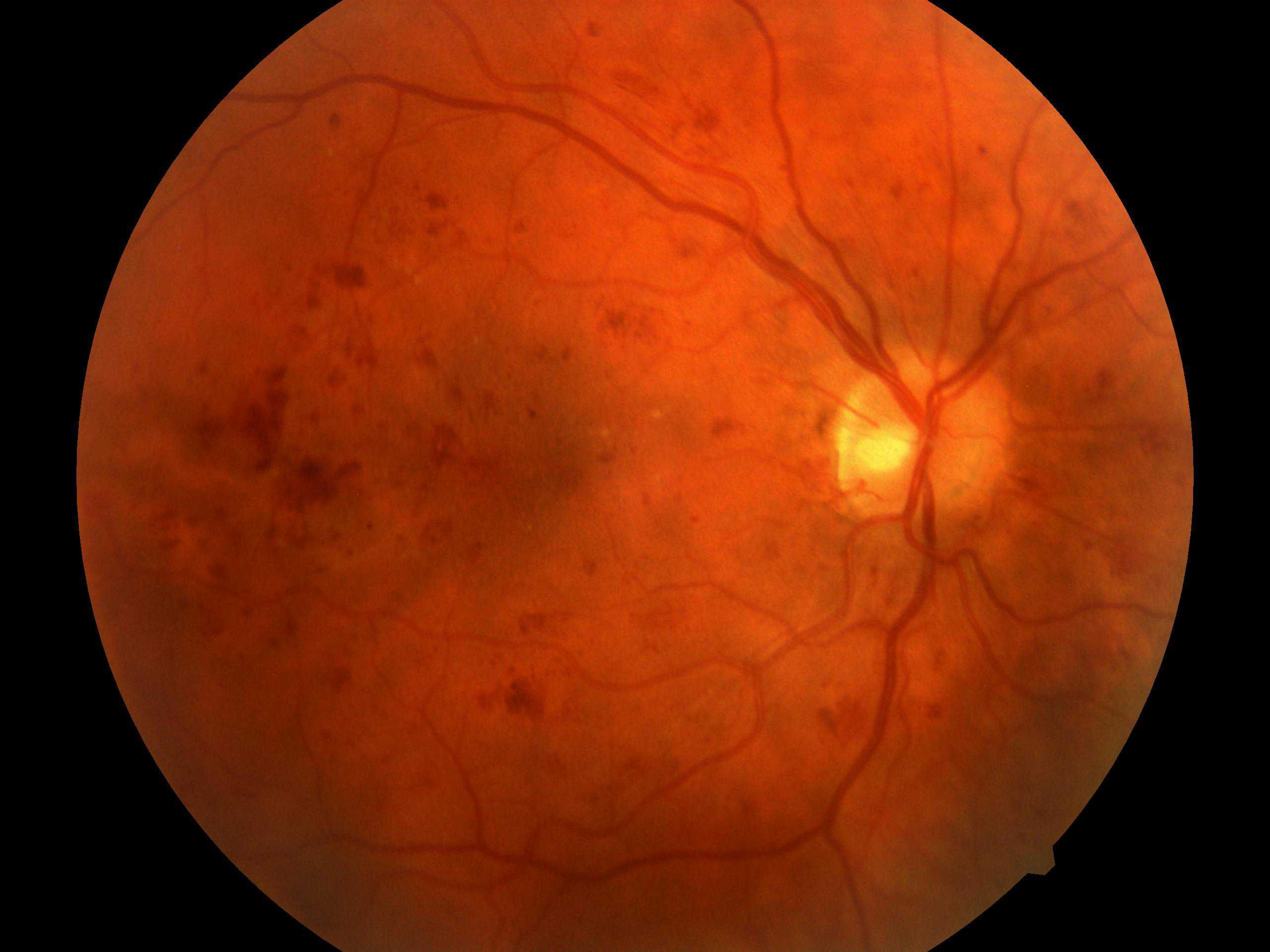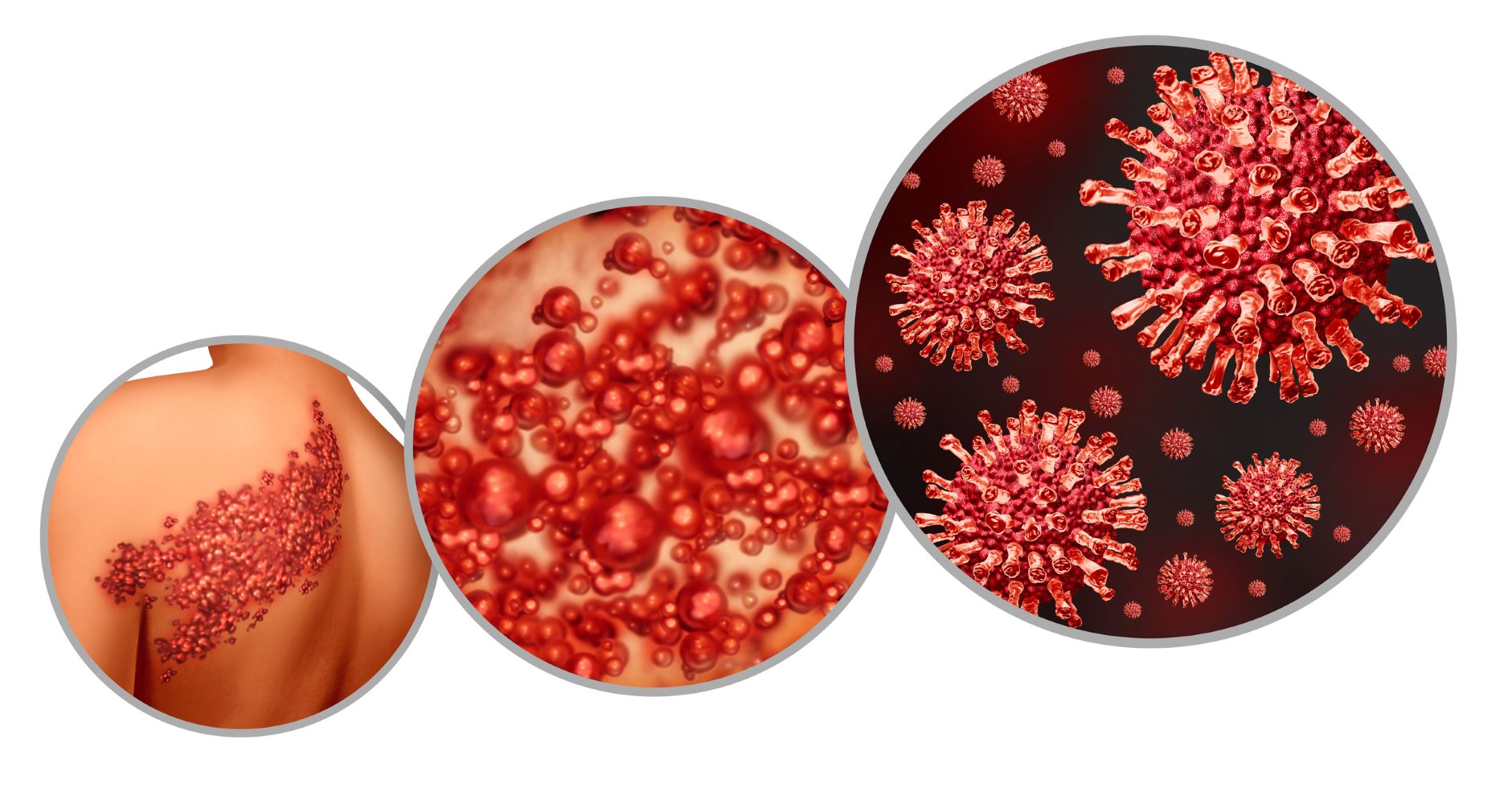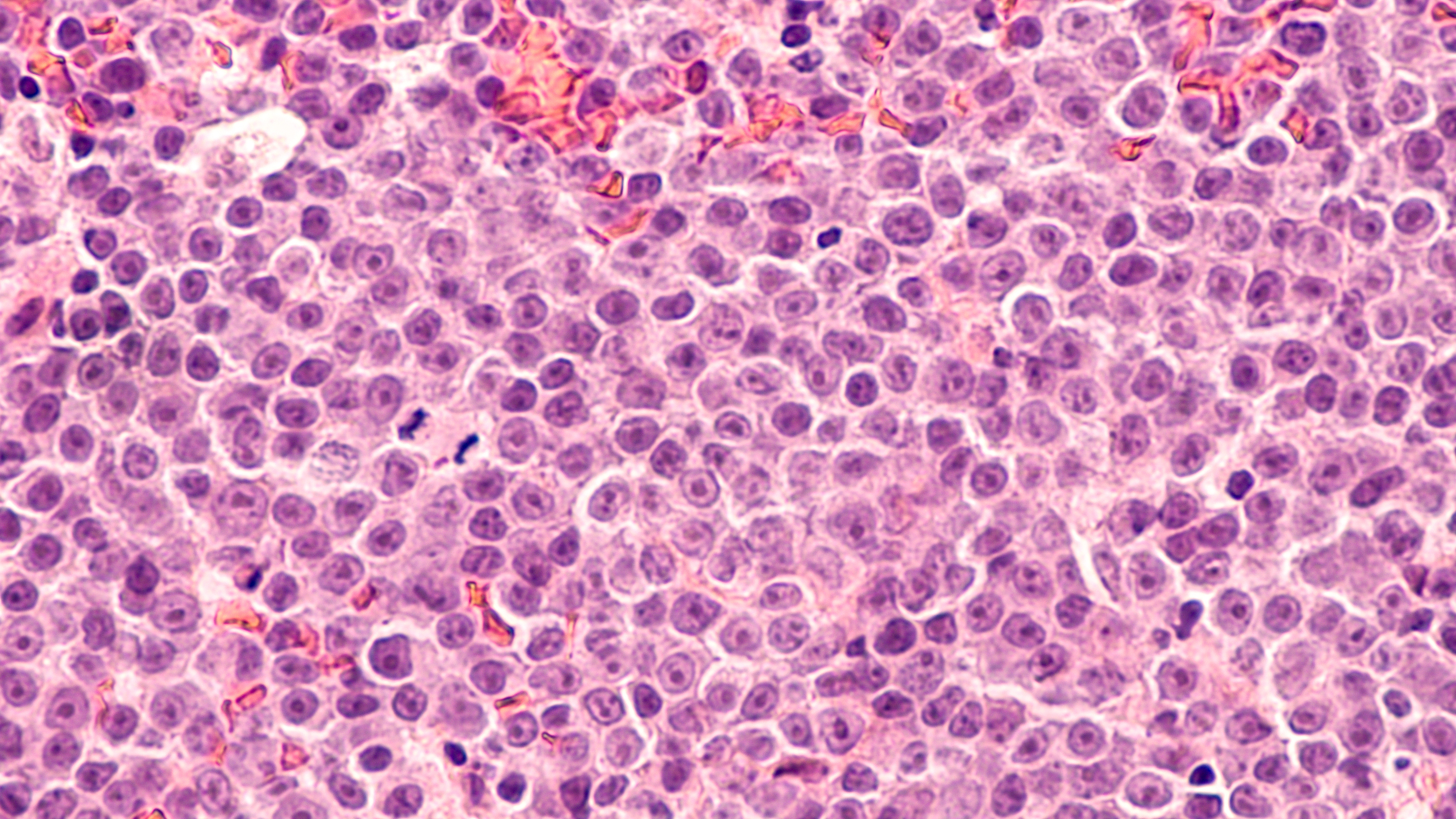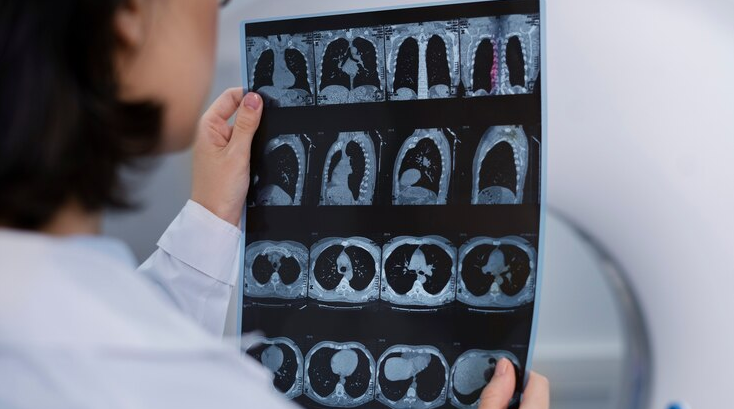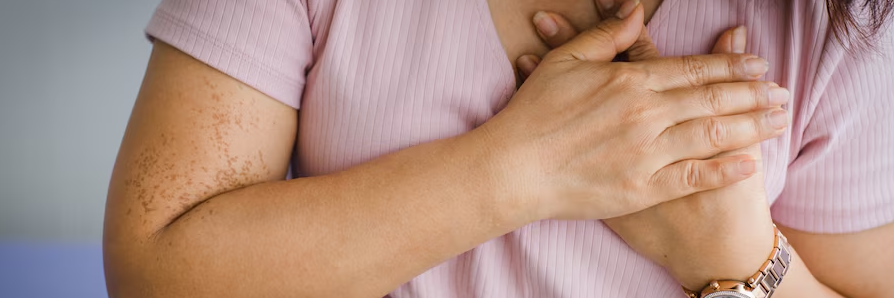The following is a summary of “Gene Expression Risk Scores for COVID-19 Illness Severity,” published in the February 2023 issue of Infectious Diseases by Peterson, et al.
Infection with the severe acute respiratory syndrome coronavirus 2 (SARS-CoV-2) had been linked to the coronavirus disease 2019 (COVID-19), which has a more severe illness.
About 53 patients who had been clinically determined to have mild, moderate, or severe illness after a proven SARS-CoV-2 infection had their peripheral blood gene expression evaluated. A weighted gene expression risk score (WGERS) was created using supervised principal components analysis to distinguish between severe and nonsevere COVID-19.
Persons who had mild, moderate, and severe illnesses had comparable gene expression patterns, although they were noticeably different from those of healthy participants. Researchers discovered >4000 genes that had distinct expression patterns when comparing severe sickness to nonsevere illness (false discovery rate <0.05). In severe COVID-19, biological pathways linked to platelet activation and coagulation increased, whereas those linked to T-cell signaling and differentiation dramatically reduced. A WGERS based on 18 genes differentiated between the requirement for intensive care in a separate cohort and severe sickness in our training cohort (cross-validated receiver operating characteristic-area under the curve [ROC-AUC] = 0.98). In our training cohort, the WGERS’s dichotomization produced 100% sensitivity and 85% specificity for identifying severe illness, and in the validation cohort, it produced 84% sensitivity and 74% specificity for defining the requirement for intensive care.
The findings implied that gene expression classifiers may be useful in predicting the severity of COVID-19 sickness.






